I Refused to Choose Which Grandchildren to Love

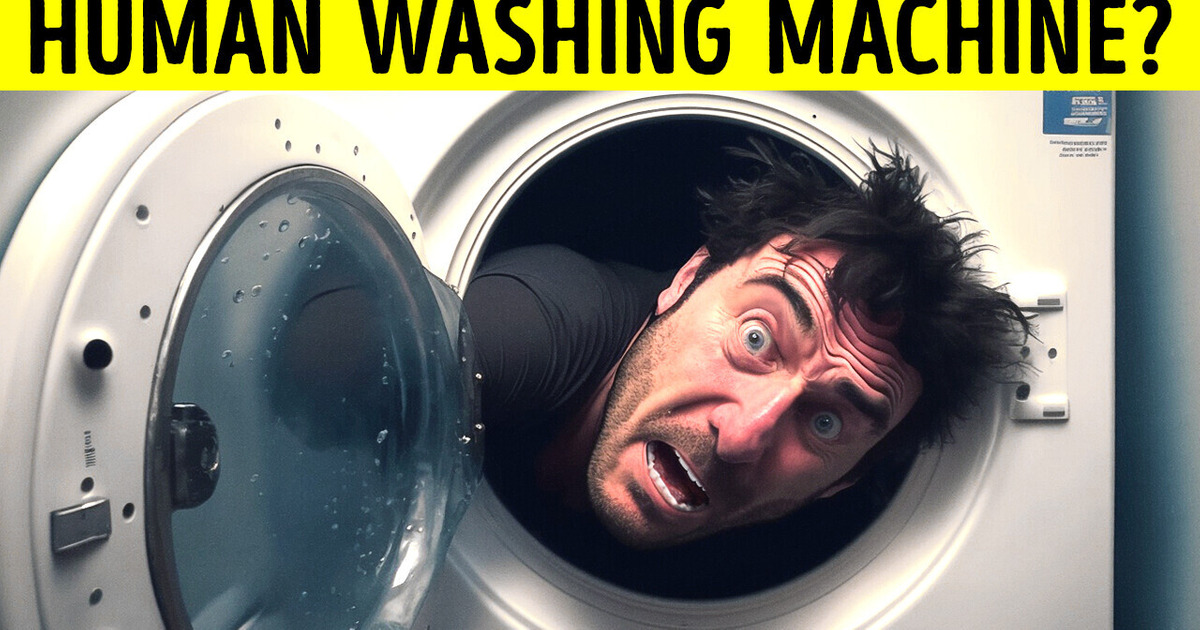
From a banana peeling robot to a Joystick-controlled robotic surgeon, here are some of the latest unique technological inventions.

The first invention is the human washing machine. I mean, technically, everyone can be a washing machine when they wash clothes, but this device washes you. The Japanese tech company recently declared that they have plans to produce a washing machine for humans. Just imagine the spin cycle — yikes! It turns out that this idea dates back to the 1970 Osaka Expo. Back then it featured a device named ‘Ultrasonic Bath’ by another company. This machine was designed to massage and dry a person in a 15-minute cycle. It remained a concept at that time, but now another company aims to turn it into a thing.
They want to release a commercial product in 2025. This product will clean the body of the user. It has other features too. For instance, it’ll be a healing space where the user can relax with music and images inside the machine. Sensors will examine the condition of sympathetic and parasympathetic nerves, and AI will use this data to create the ultimate comfort zone for the user. Would you buy that device?
Let’s stay in Japan for a little longer and take a look at these sleeping pods at Japan Railway Stations. The capsules are designed for people who want to take a nap or work. It’s hard to lie down on regular seats at the station, and there’s always a risk that someone could grab your stuff if you fall asleep. For $23, you can have your own small space for 2 hours. What do you get? A reclining chair, a table, power outlets, and a coffee machine.
The place has a lock, and it’s soundproof, which is great considering you’re in the middle of a busy station. Hand sanitizer, and fans are also available at the pod. If you’re traveling with other people, you have another option to choose from. A different cabinet offers a place for up to 4 people. It has two sets of couches, a table in the middle, and a monitor on the wall.

Moving on to the oceans. We know that coral reefs are a crucial part of ocean ecosystems, and they’re in danger. To keep the remaining reefs and restore them, conservationists are using 3D printers to make artificial reefs. They begin by examining the reef to understand its characteristics. They do this to replicate the reef as accurately as possible.
Then they print the reefs using a certain type of clay. 3D printers generally use types of plastic, but obviously, plastic wouldn’t work replicating coral reefs. This is cool and beneficial, considering that reefs make up to 1% of the Earth’s surface. Yet they’re the ones to maintain the highest level of marine diversity in the world.
This one is a VR system that moves your body for you. This invention could change the way people experience VR and AR. Researchers put pads onto the person’s neck muscles They use electrical muscle stimulation to take control of the person’s body and move it. Not the full control, though. The player won’t turn into a puppet controlled by the researchers.
For instance, in a fire safety demonstration, the pads were used to lead the player’s eye-line toward the location of the live fire. The technology acknowledges the player’s movements in real-time. It only initiates an involuntary move when the player does not activate their muscles. This means that there’s no injury risk from a triggered motion. It feels like the “future technology” is here to stay.
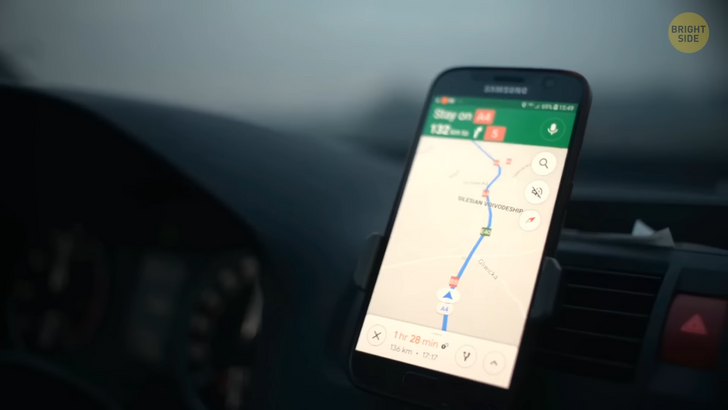
Let’s assume you’re driving and opened to the map from your phone to get to your destination. You might easily get distracted while driving. New systems can solve this problem. Eyelights is an example of this system. It’s a concept technology that operates a holograph. You would look at a real screen to display info like maps or vital stats of the vehicle. With this system, you can look at the road since the holograph is also on the windshield. You can wave your hand to control the system. Goodbye to touch interfaces.
Vacuum cleaner robots and other technologies to tidy our houses are on the rise. But what about the cleanliness of the places out of sight, like your bed? Let me introduce you to this bot. This small cleaning robot disinfects the surface with UV lights. It sanitizes your bed from all the germs you don’t want to live with. Plus, it weighs less than half a pound. You can take it with you when you -let’s say- go away and stay at a hotel.
According to a study, a pillowcase and sheets used for a week contain 3 to 5 million microbial cells per square inch. By the fourth week, this number reaches almost 12 million. So, buying one of these products can be considerable. But really guy, you should change your bed more often than once a month. Ew!
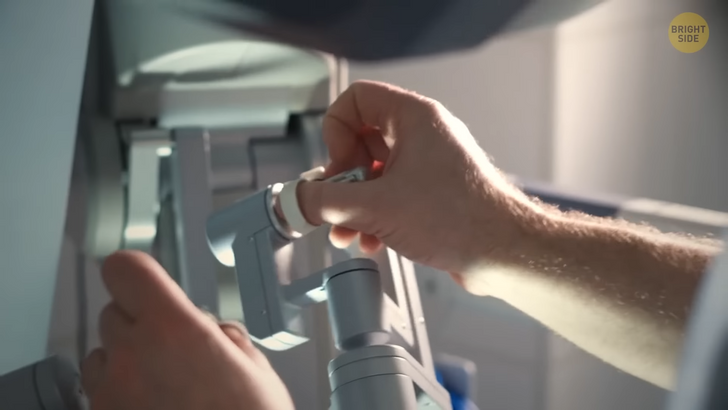
The next one is a joystick-controlled robotic surgeon. When someone has a stroke or aneurysm, they should be seen by a doctor in a “golden hour.” Then the damage can be treated without lasting consequences. Yet, few doctors are specialized in this field.
It takes years to become proficient in these operations. These expert doctors are mostly in big cities. Engineers at MIT have noticed this and developed a telerobotic surgical system. The system has a modified joystick. Surgeons can use it and conduct operations remotely. What they had in mind was to set up this system at hospitals around the country and the world. In that way, trained surgeons can perform surgeries from far away.
Have you ever driven on solar roadways? The name is pretty self-explanatory. Engineers pave roads or sidewalks with solar wafers. They’re protected under thick layers of strong, special glass. These panels are used to generate electricity from the surface. These panels have even more advantages. They can gather heat to melt the snow in the winter. They can also be programmed electronically to display intended markings on the road.
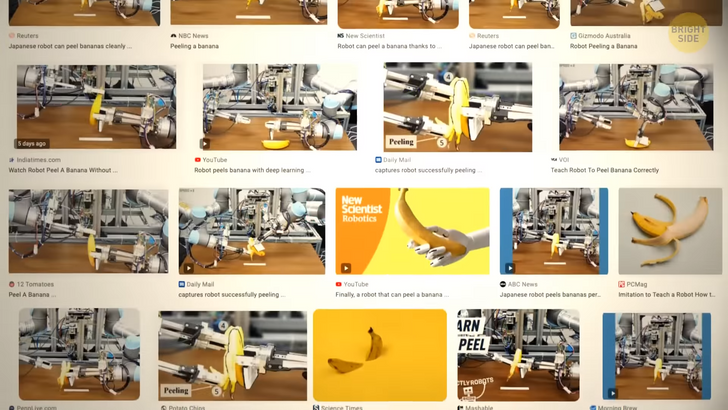
Banana-peeling robot. You might think this is a waste of time and money for researchers to spend. It’s easy to peel a banana, right? But for robots, this is actually a challenging task because it requires finesse and spatial awareness. Bananas come in assorted sizes and shapes.
Since there’s no fixed product, robots can’t repeat the same motion to all bananas repeatedly. Scientists use AI deep learning so that robots can mimic human movements. People know where the banana is and where to grasp it. A robot needs to learn these. So far, robots are 50 percent successful in doing so despite their advanced machine learning.
Flying vehicles used to be no more than futuristic dreams. Not anymore. SkyDrive is making a prototype. It’ll be quiet, compact & emission-free. They aimed to introduce it as an air-taxi soon. It can carry up to 1,100 pounds at 62 miles per hour. This would change our lives in dealing from health emergencies to deliveries of products and people.
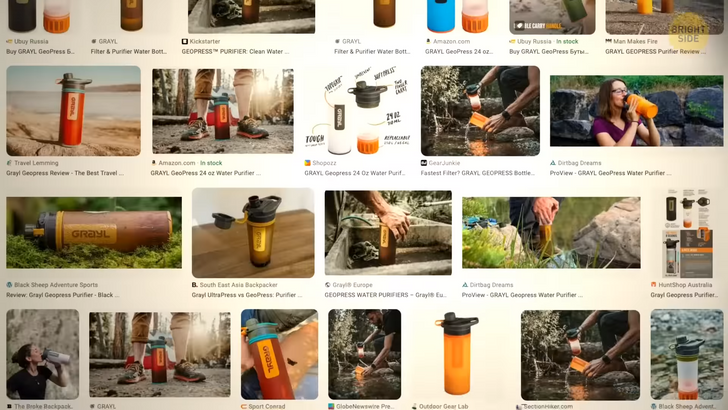
Finding clean water can be a grueling task when you’re in a deserted place. Handheld filters got your back now. LifeStraw, for instance, allows you to get water from a running stream without worrying about impurities. Geopress is another product that has a special filter. It removes harmful heavy metals, bacteria, and other stuff.
Researchers developed “the first living robots,” as they declared. These robots are called Xenobots. They are made from the stem cells of a frog heart and frog skin. These robots are super tiny — like smaller than half an inch.
Sometimes engineers work on cute and less groundbreaking stuff too. This is a model of a cat robot. It can nibble on the user’s fingertip. The idea is to lighten the user’s mood with this pleasing sensation. Amagami Ham Ham -this is the name of the stuffed robot- has an algorithm called a “Hamgorithm.”
It has various nibbling patterns, and the devices pick it randomly for you. It’ll be a surprise for you. You might feel a tasting nibble or a massaging nibble. Hey, as long as the robot cat has no cat teeth, I’m okay with the nibbling thing. Feel free to let me know about other cool tech inventions! Bye.











